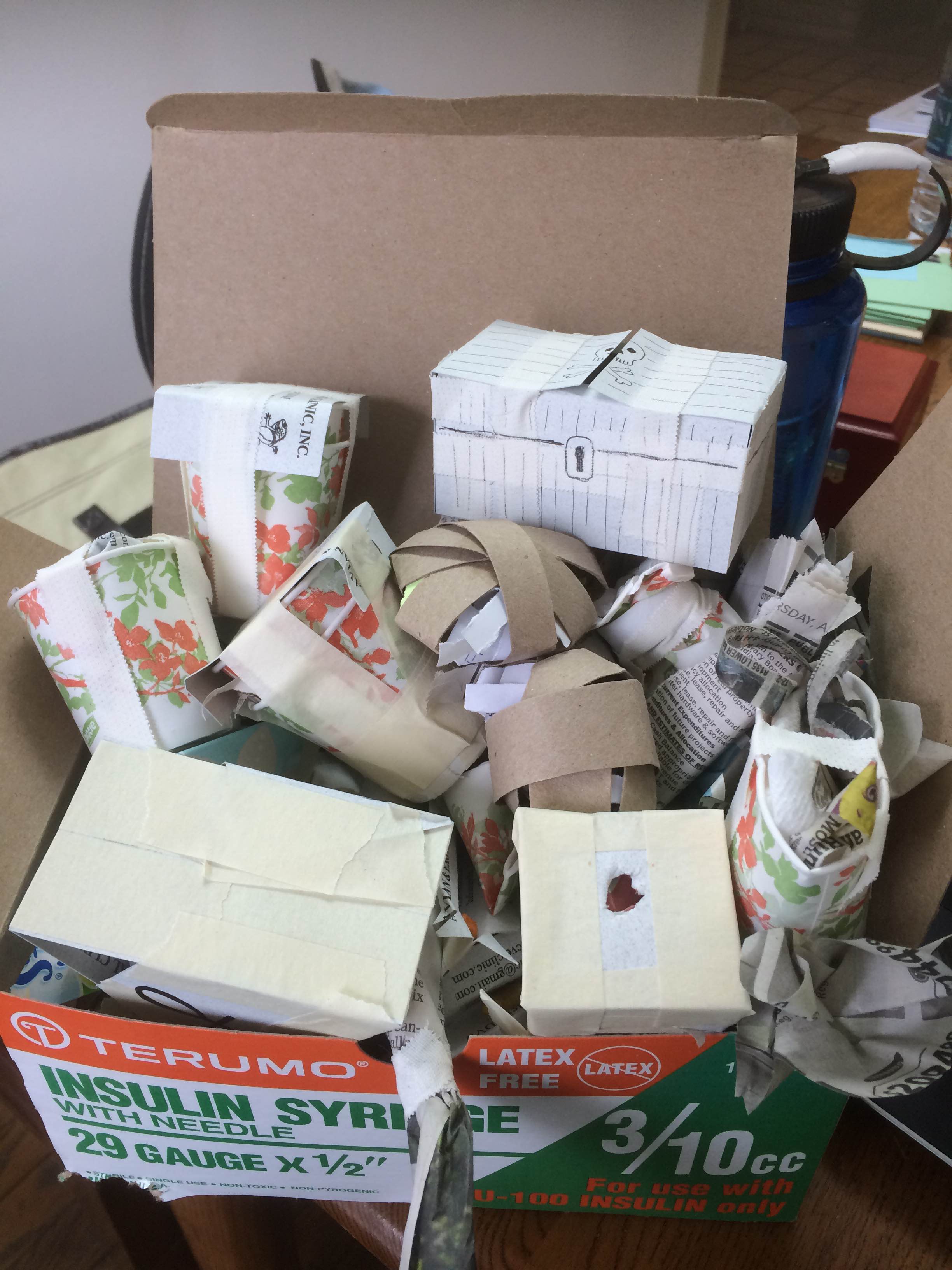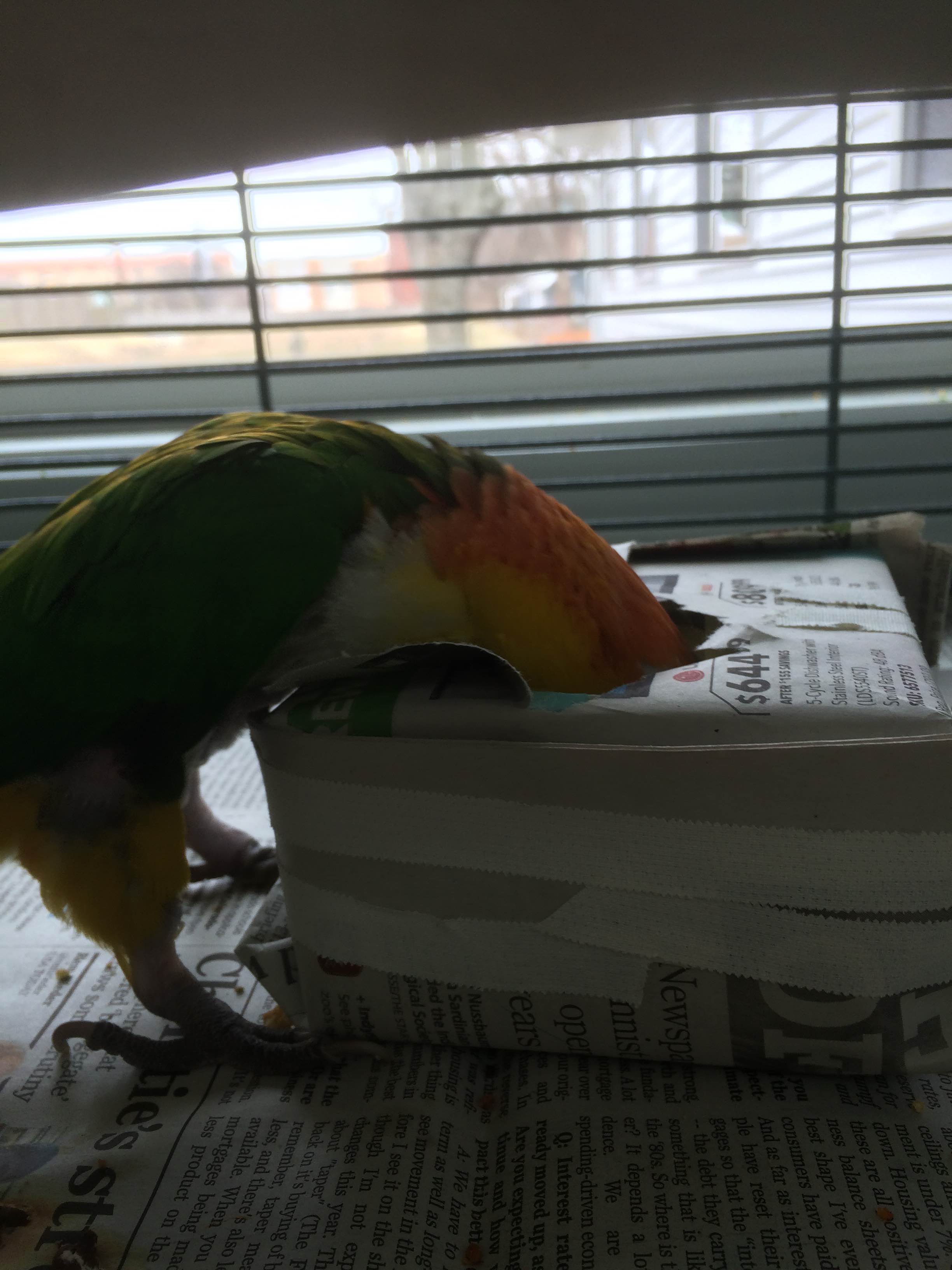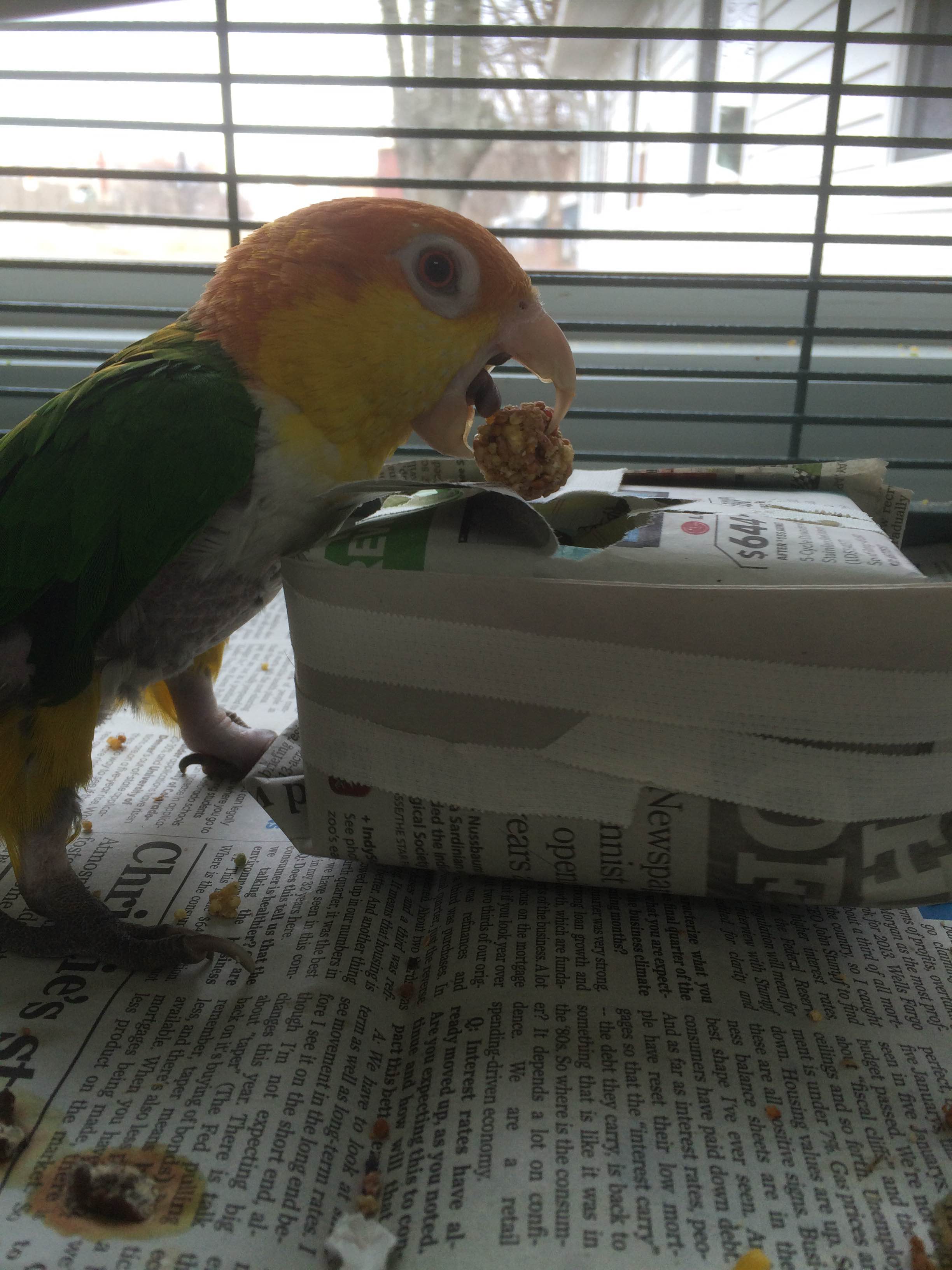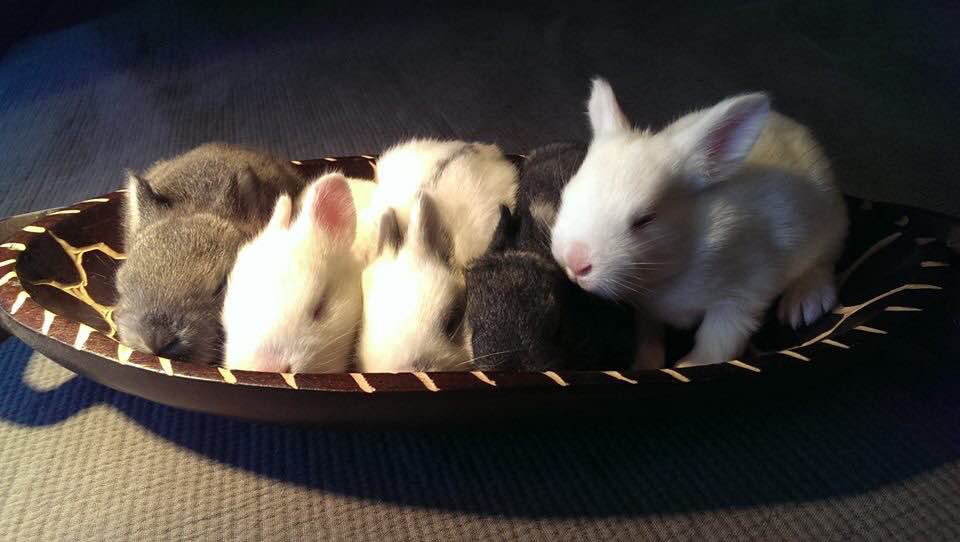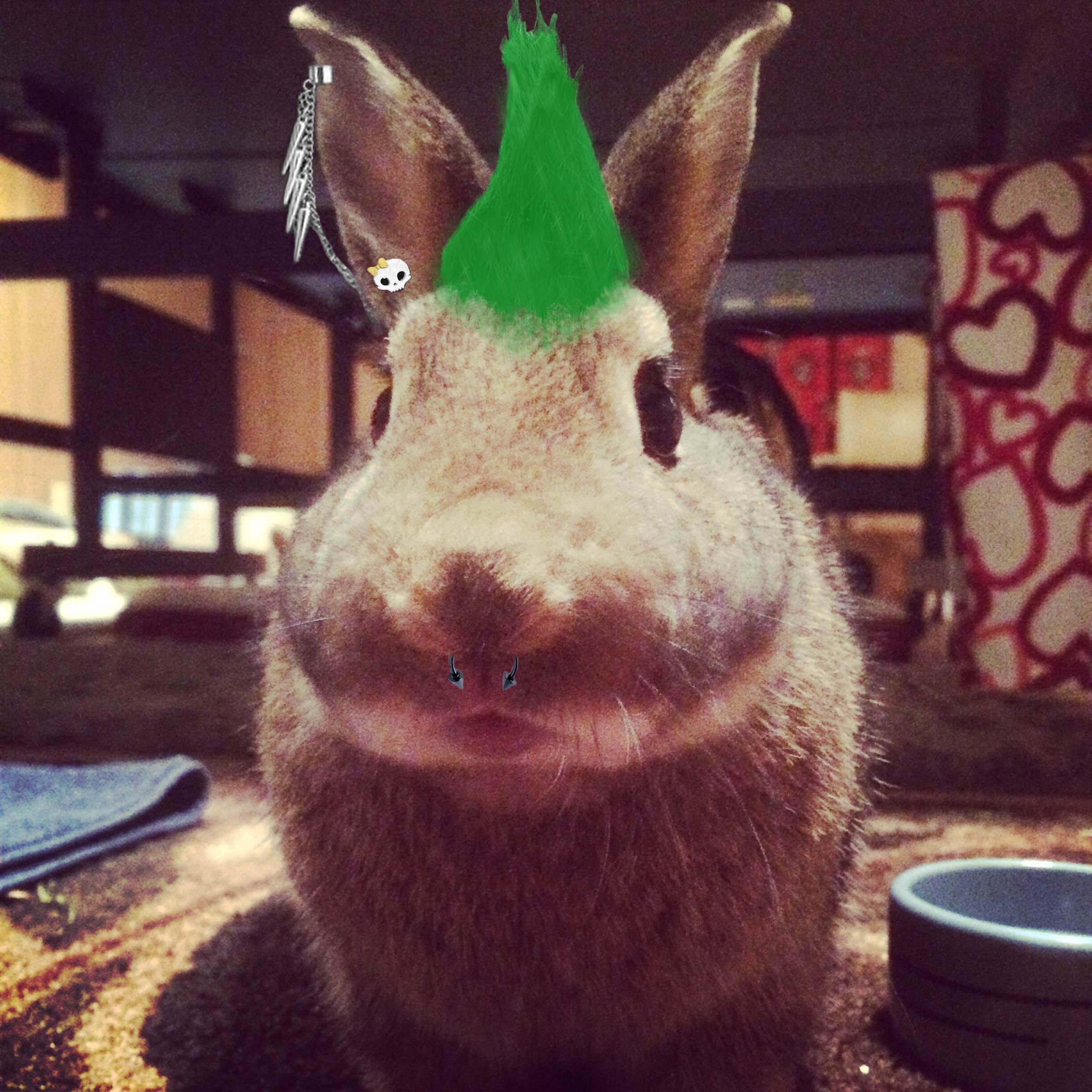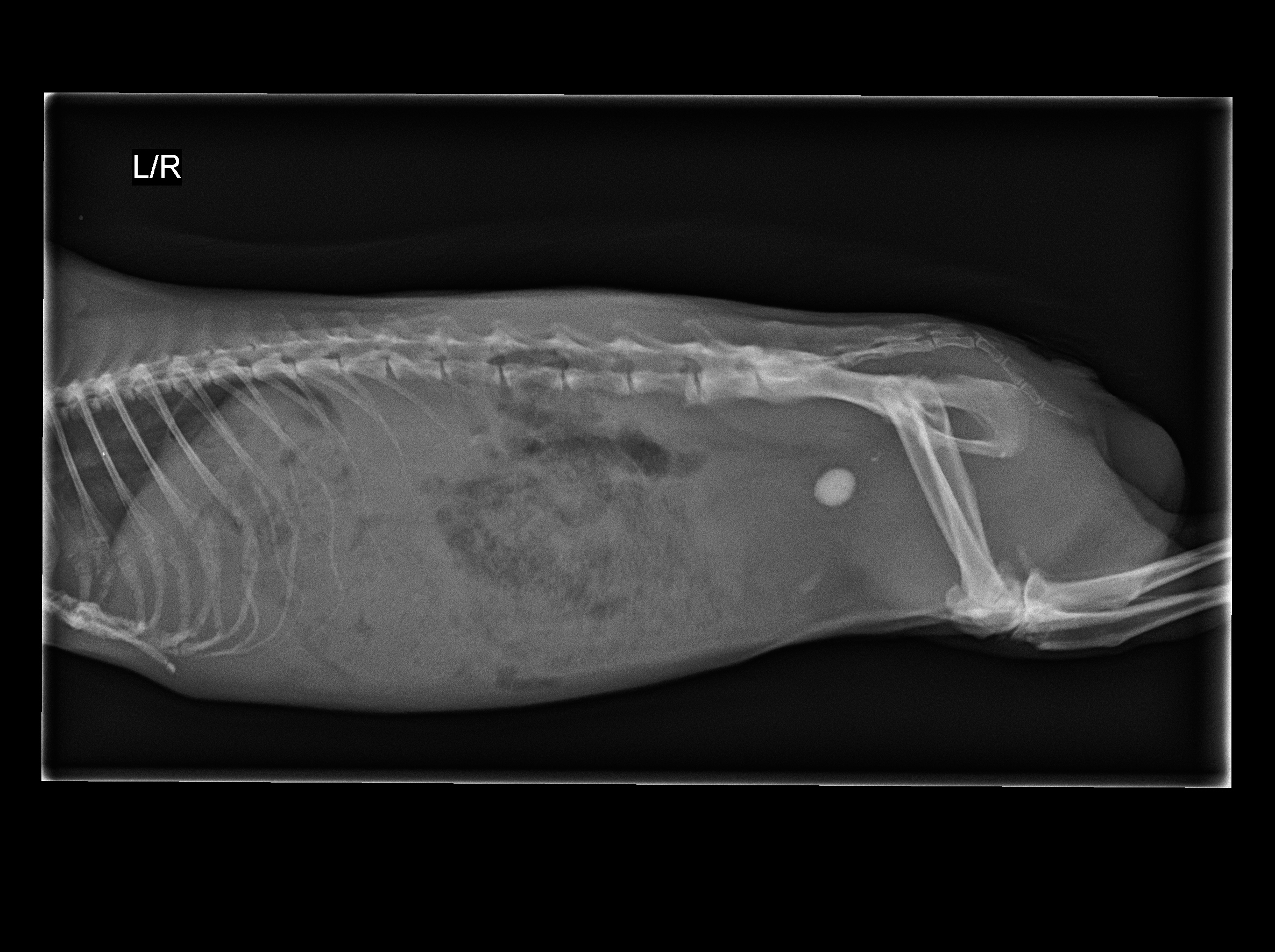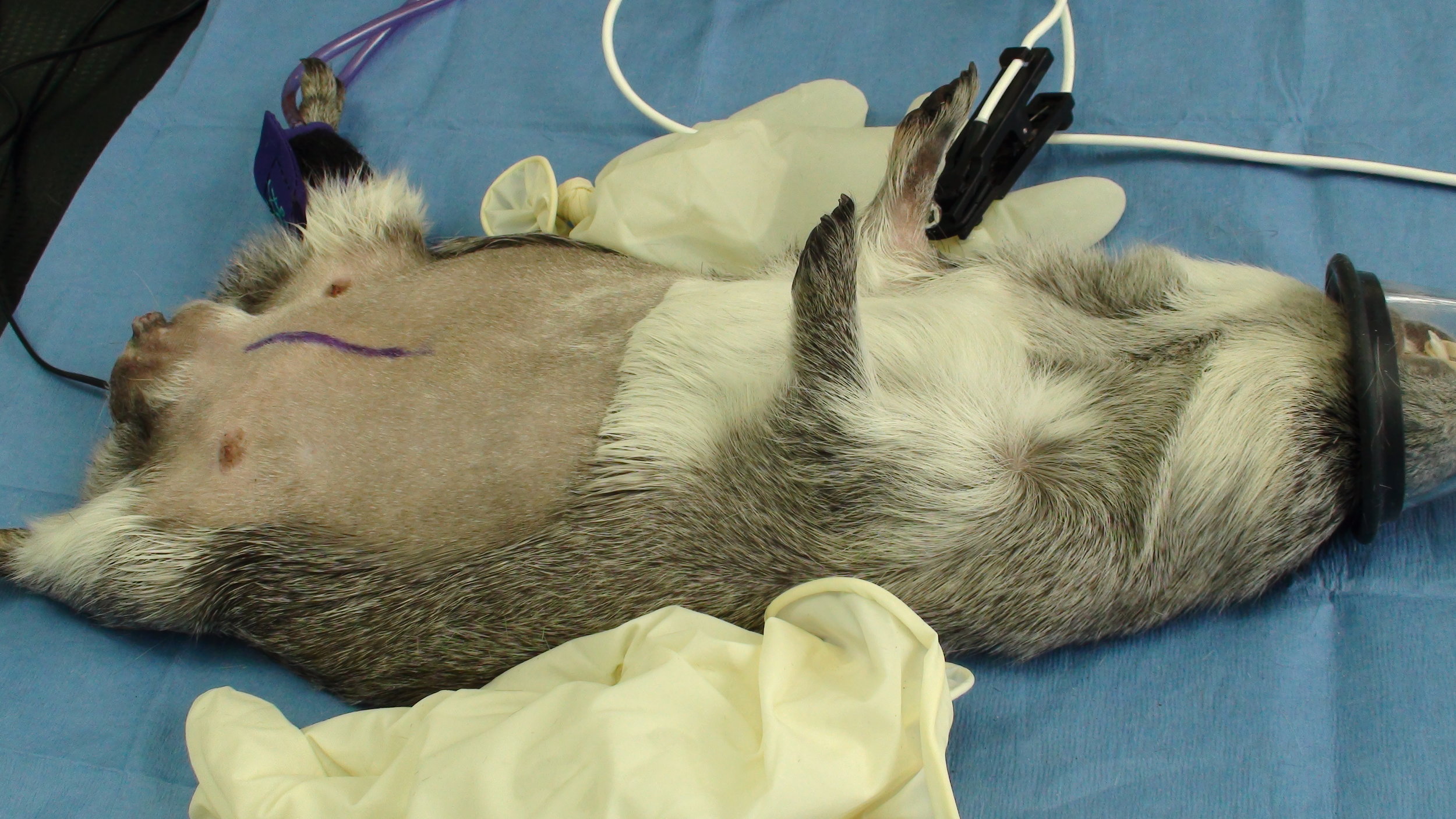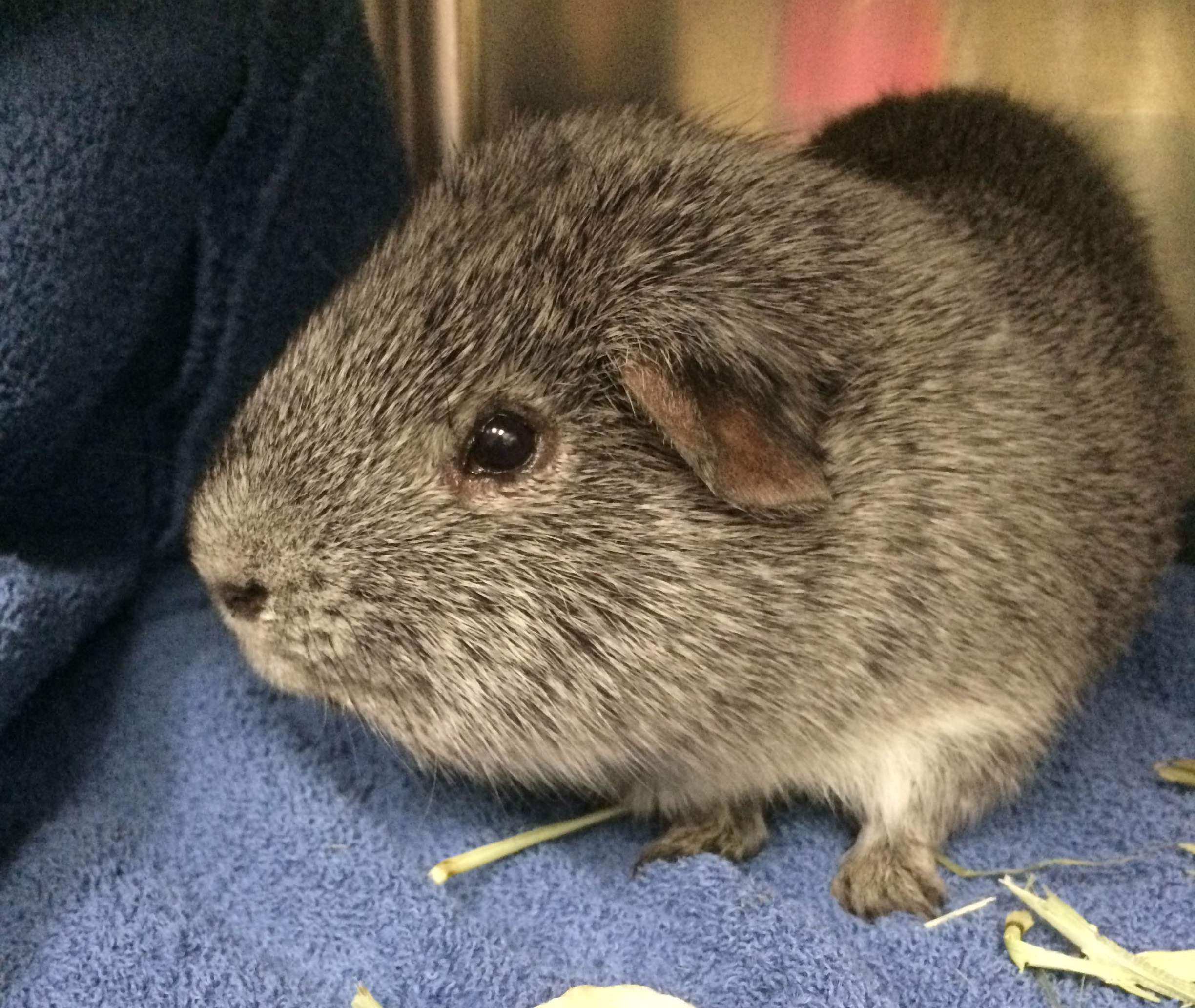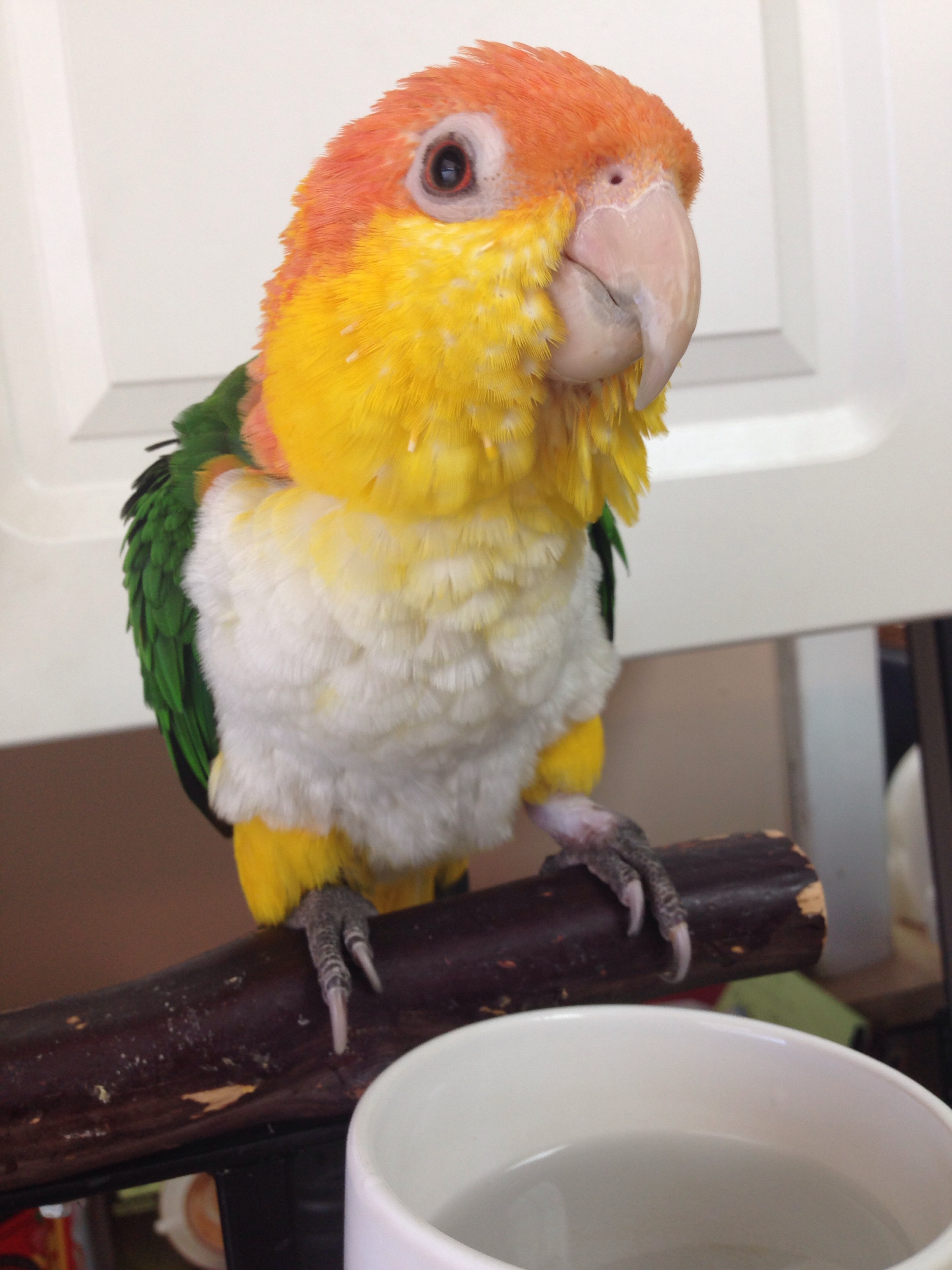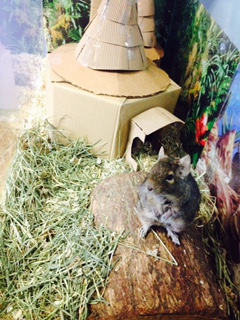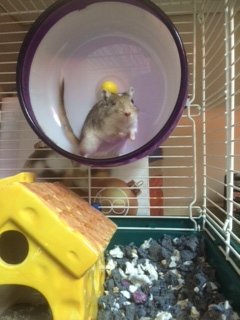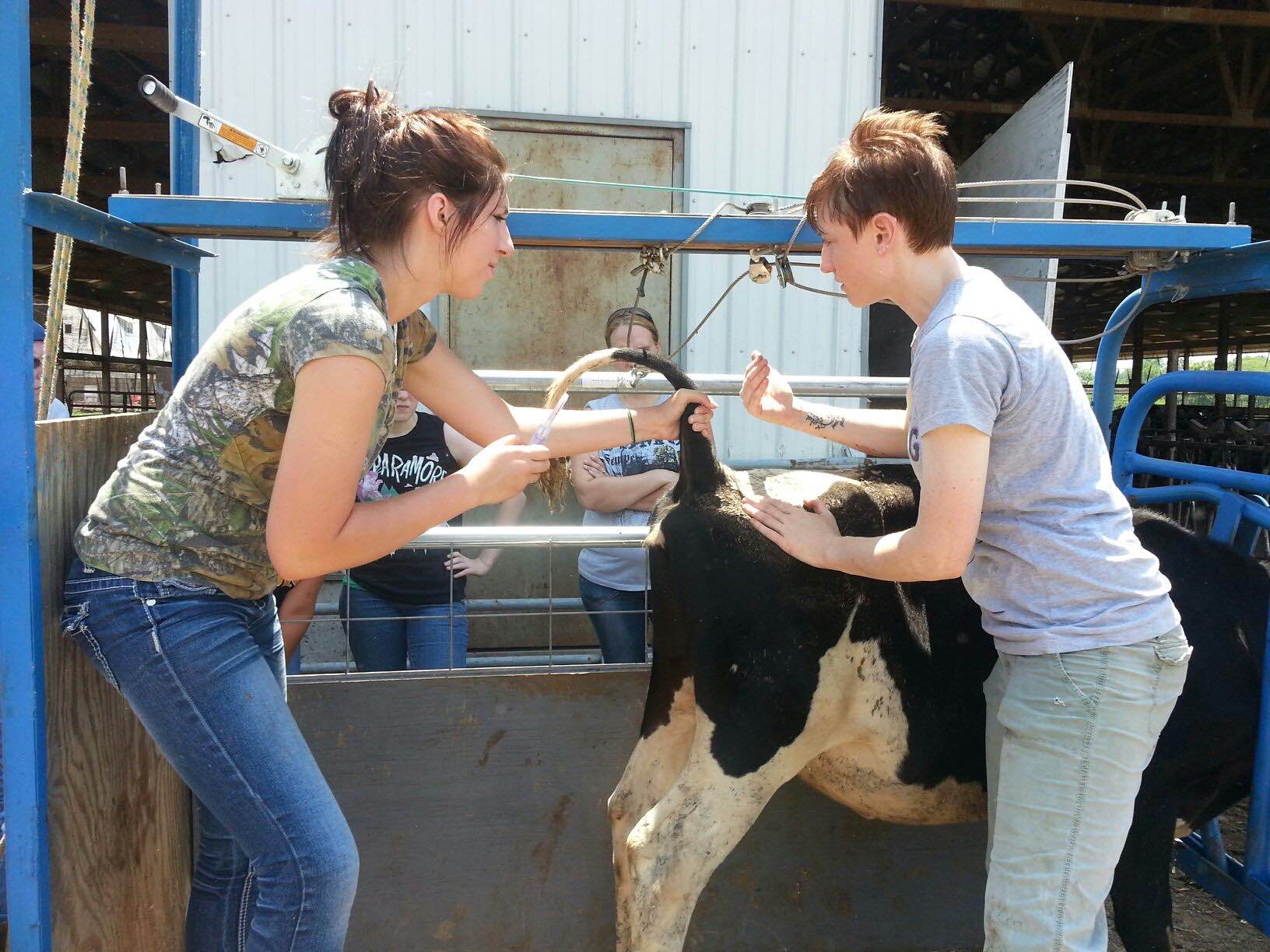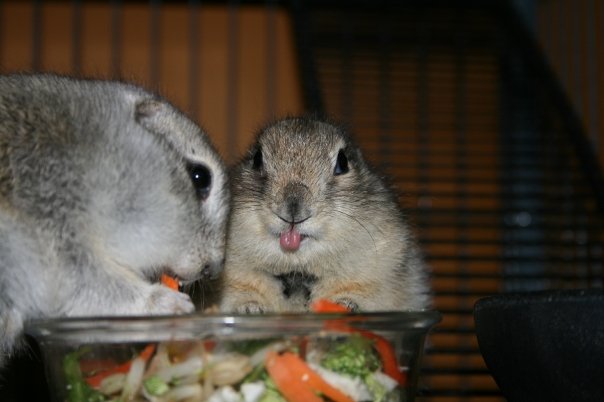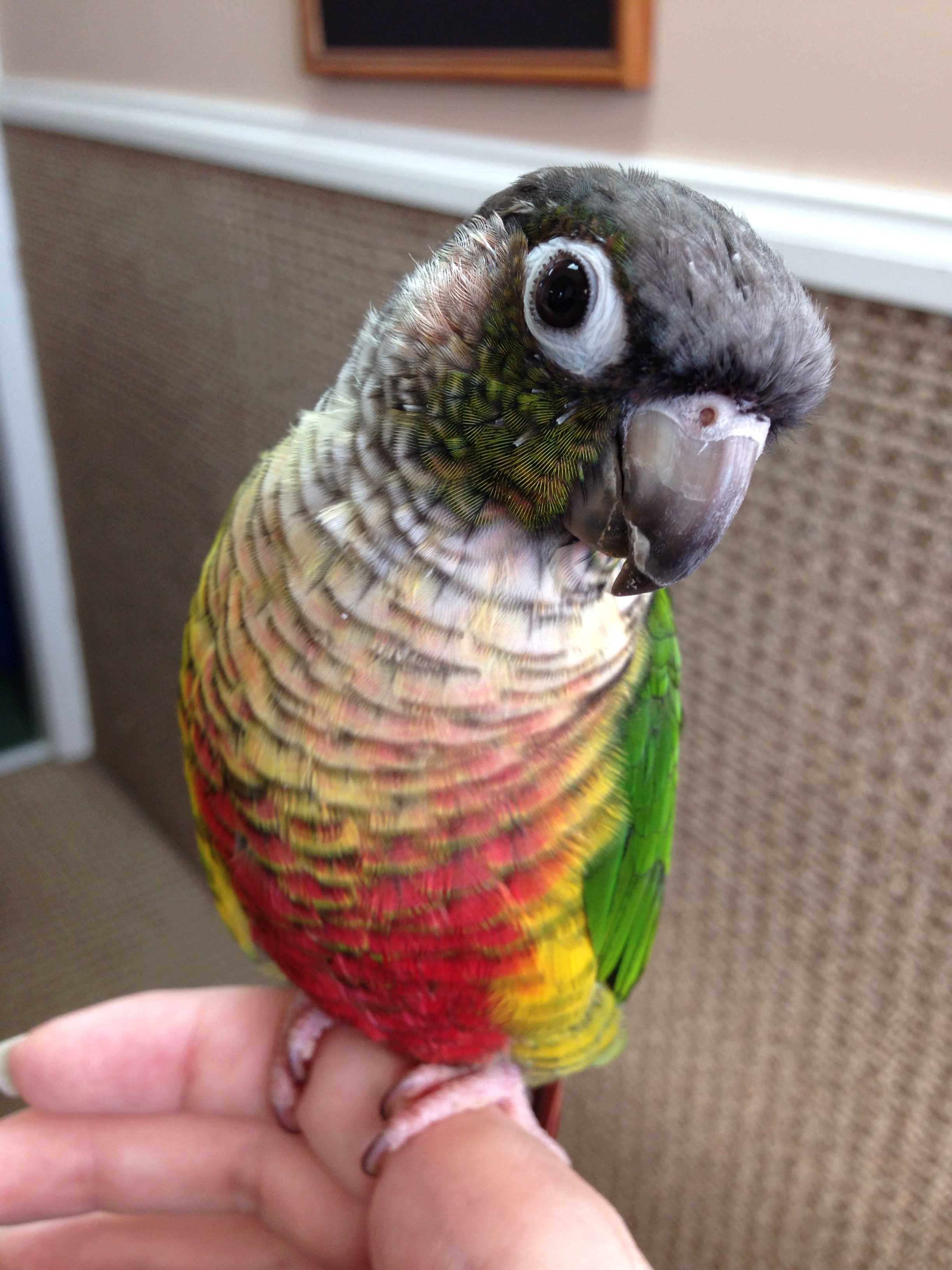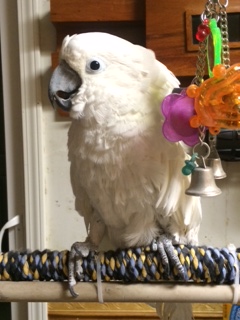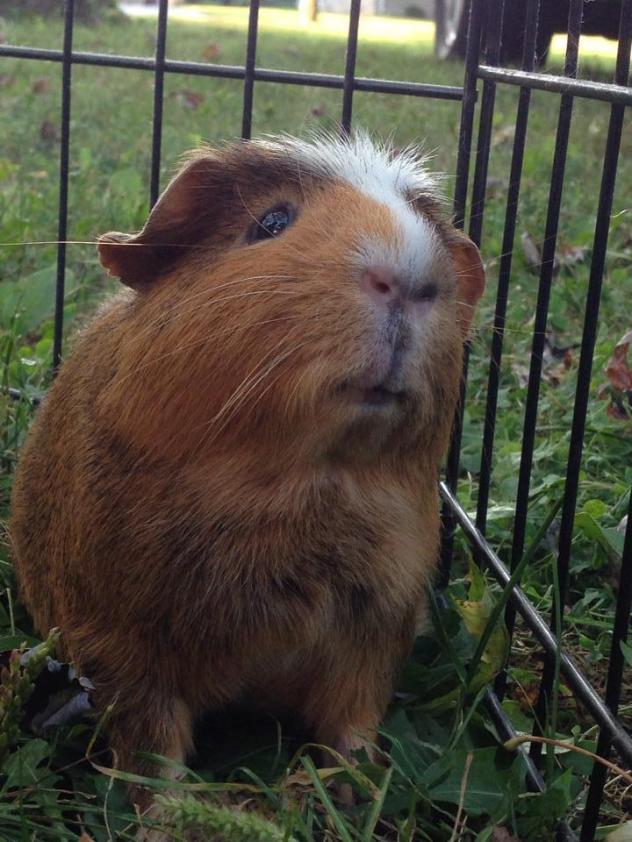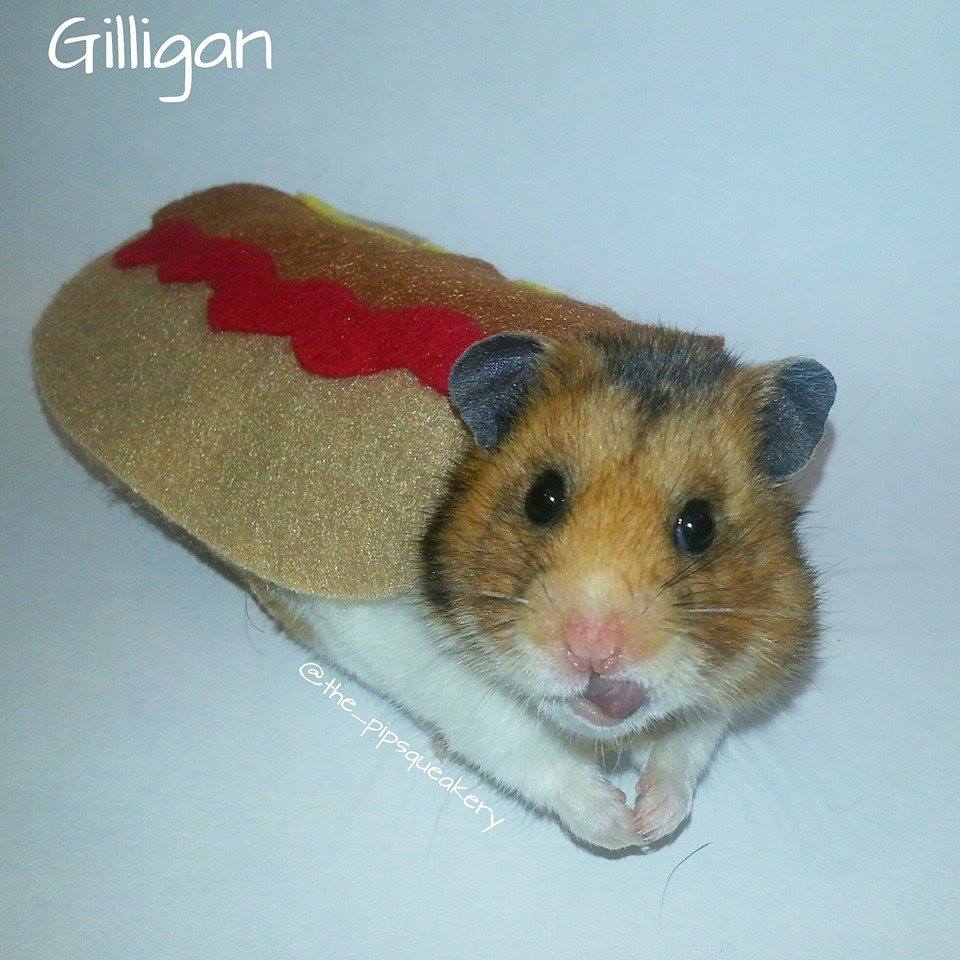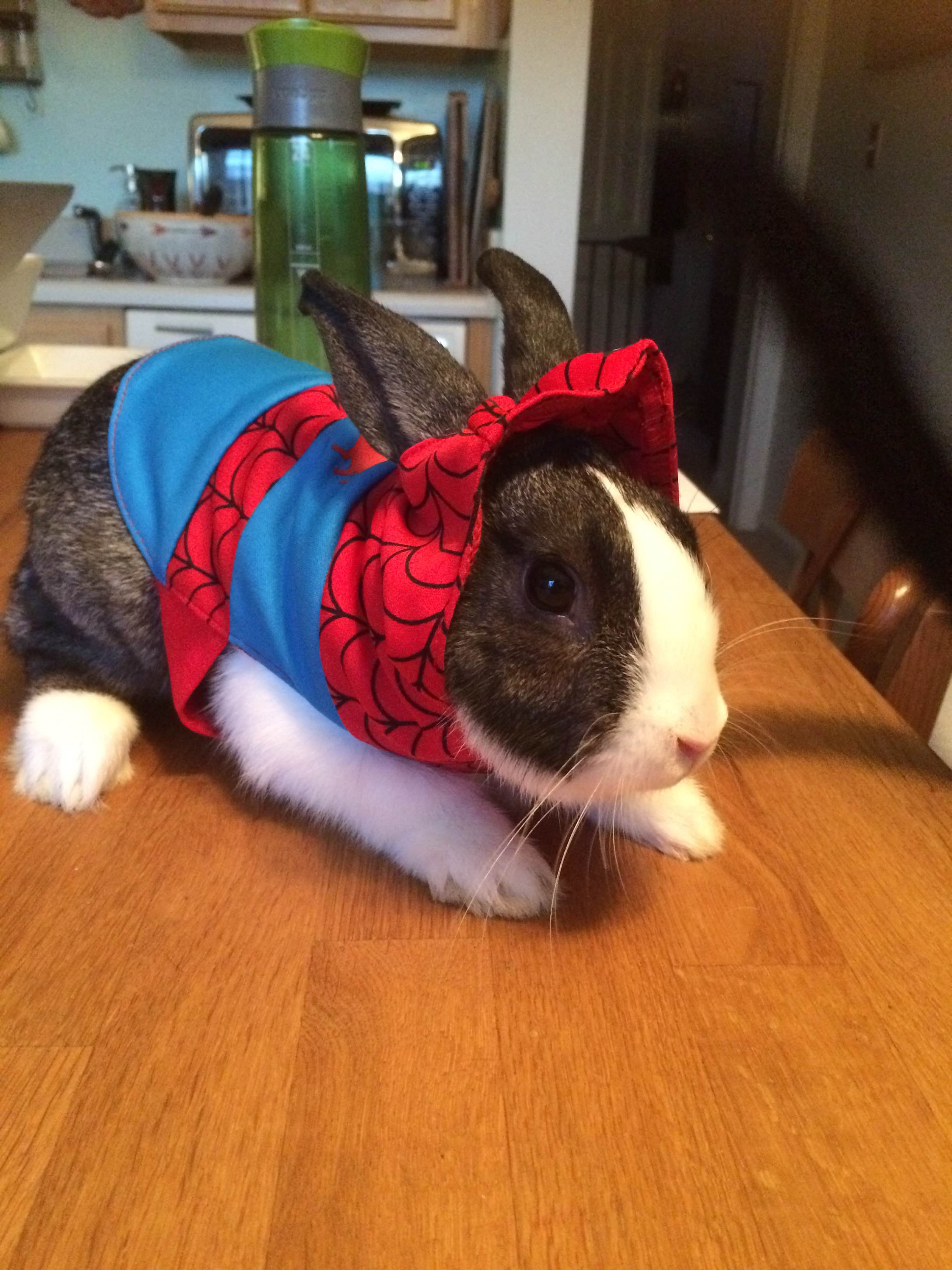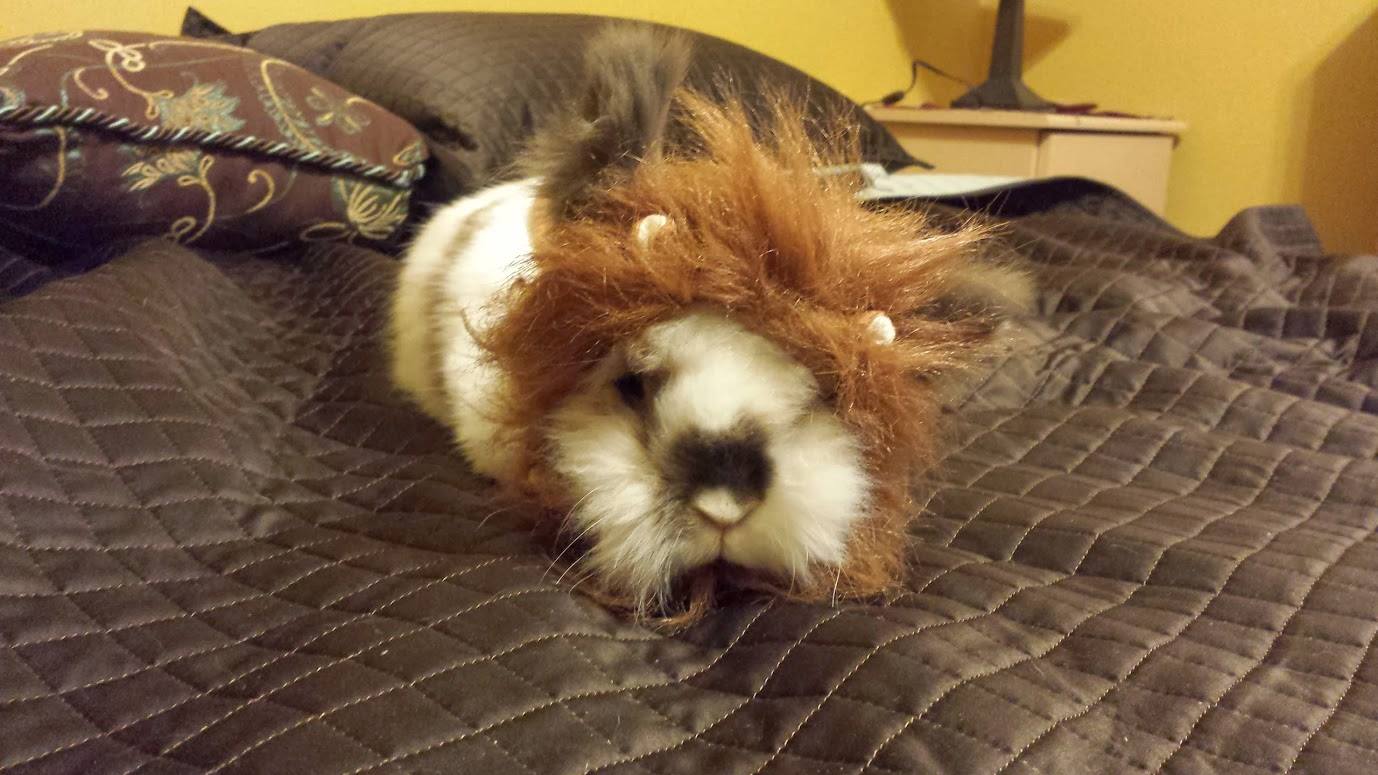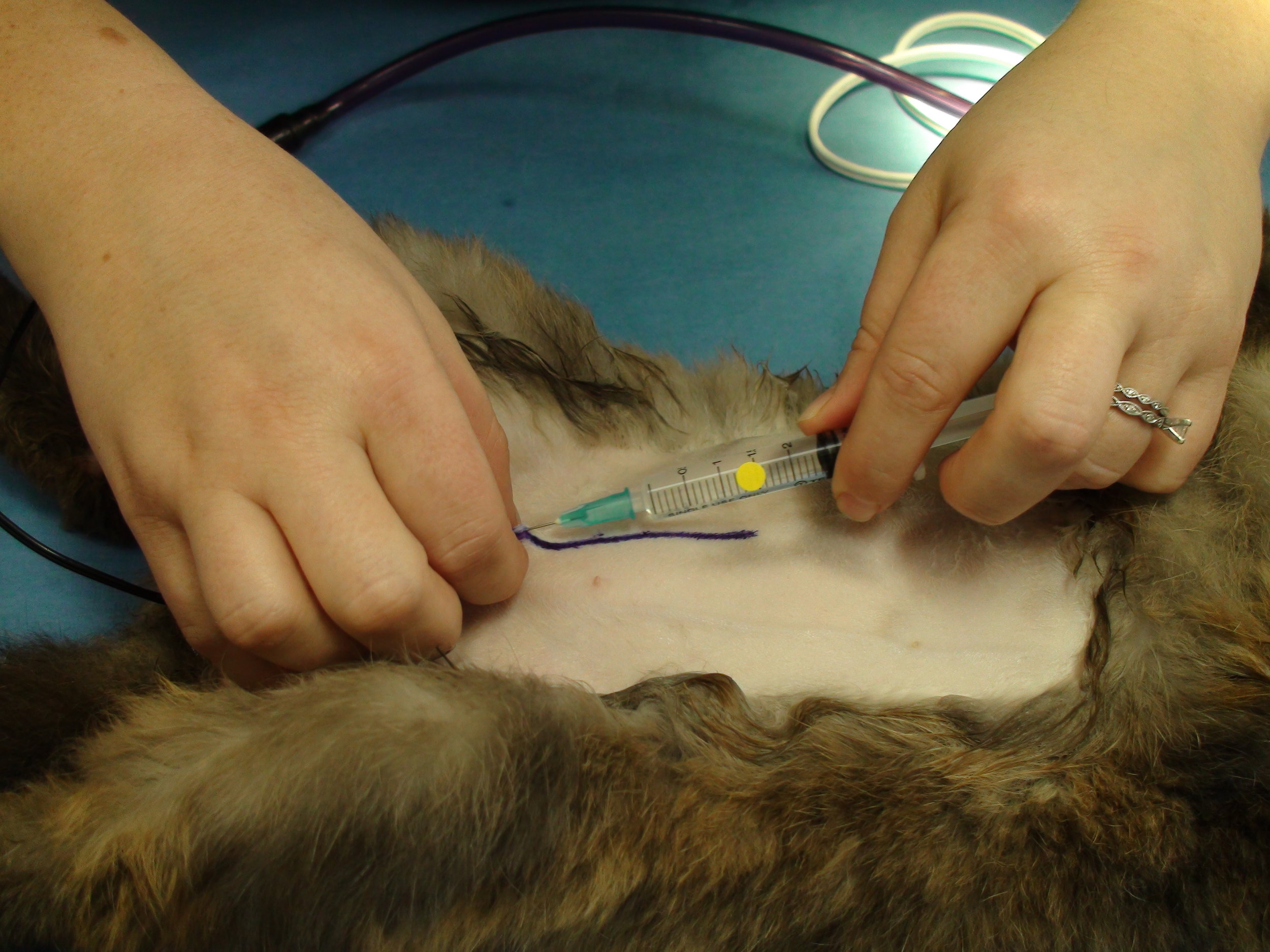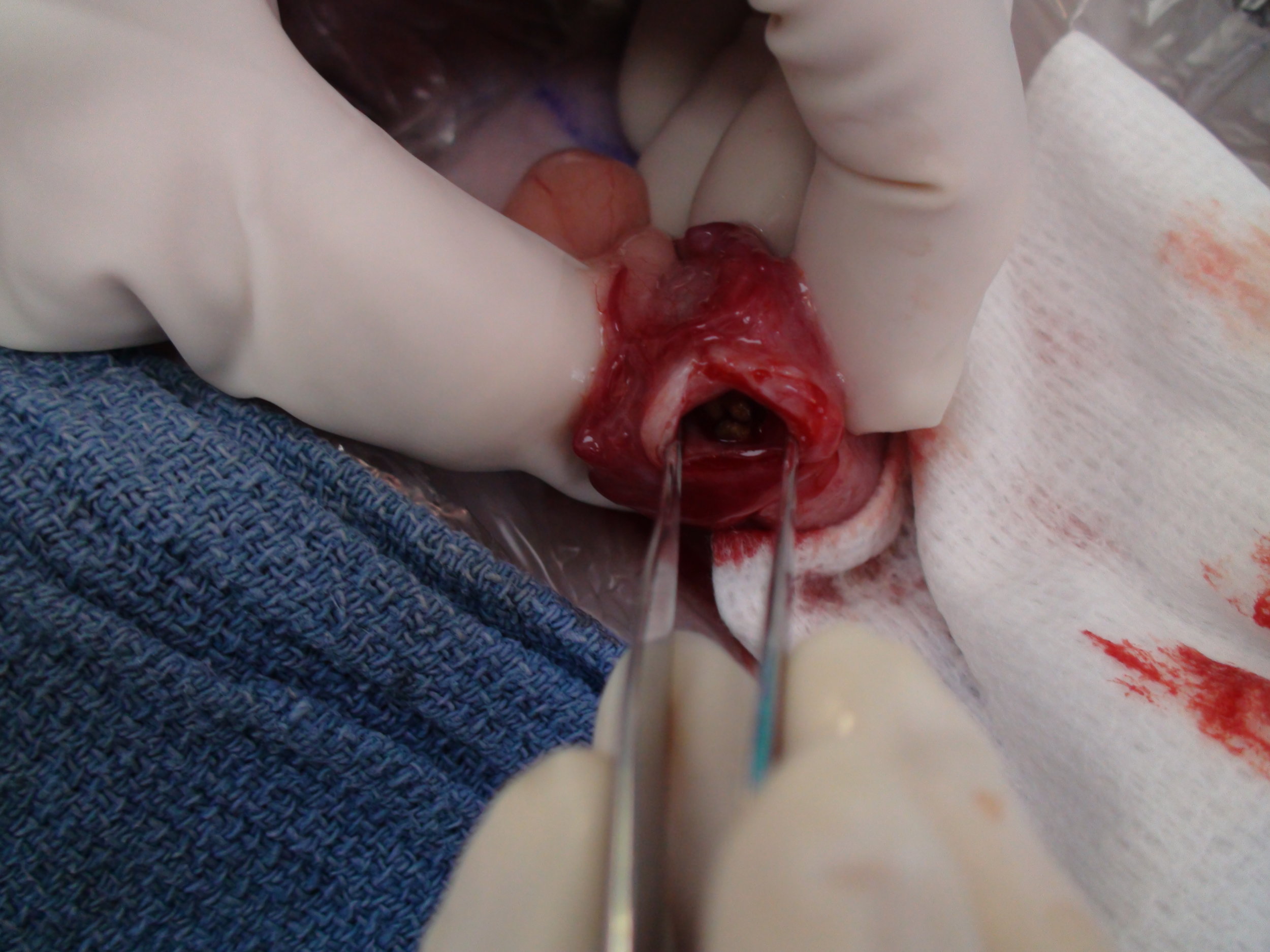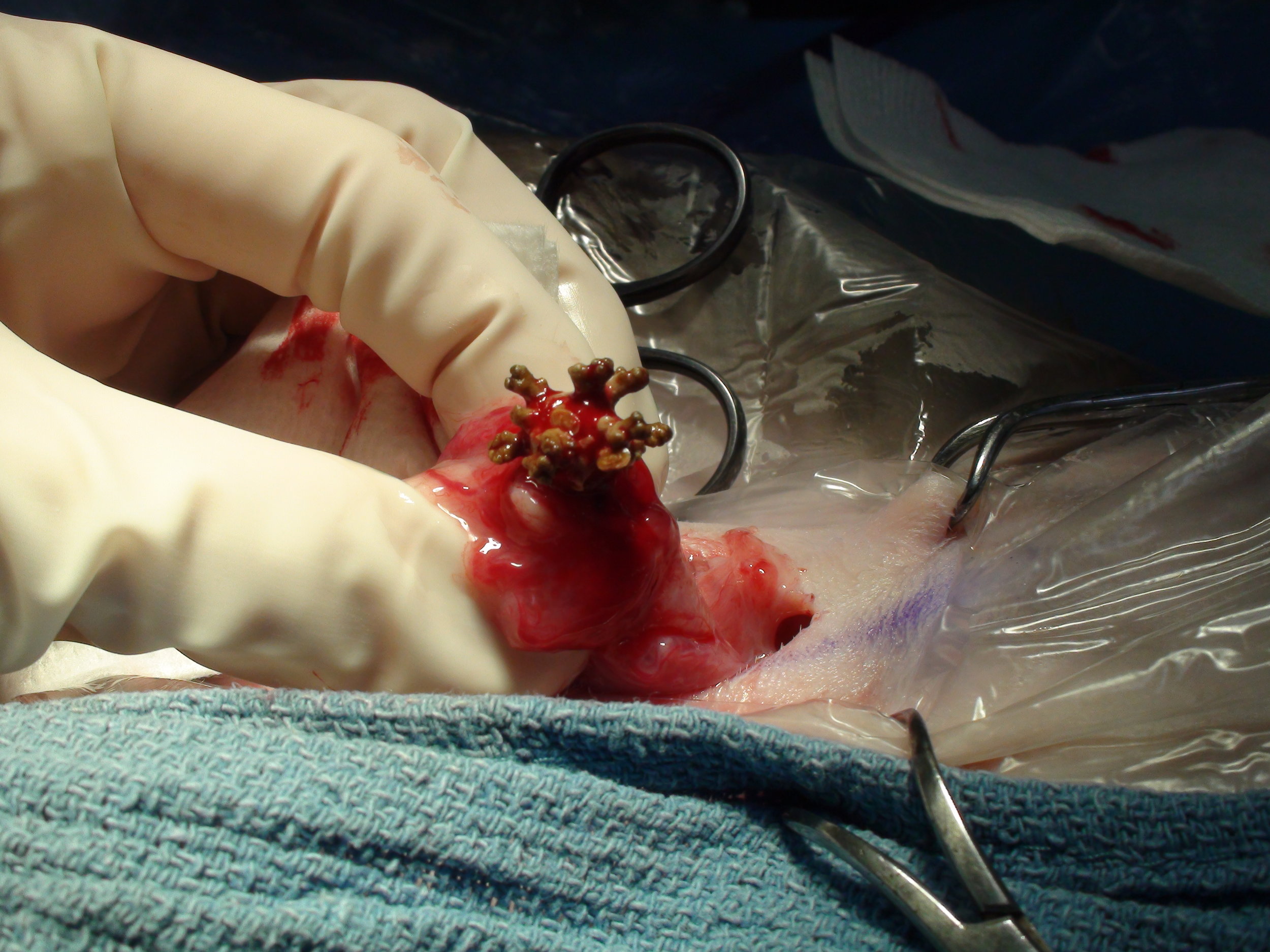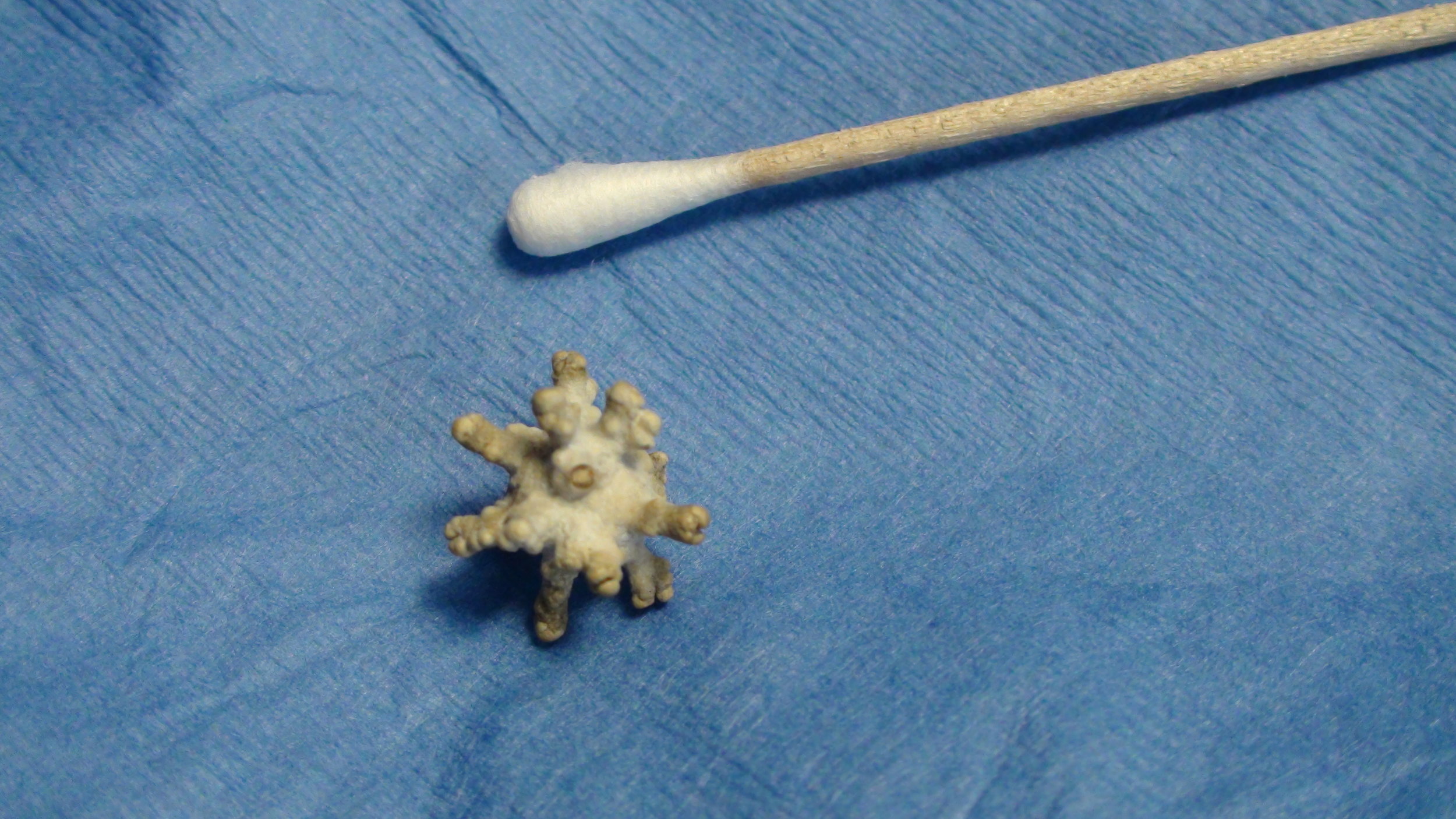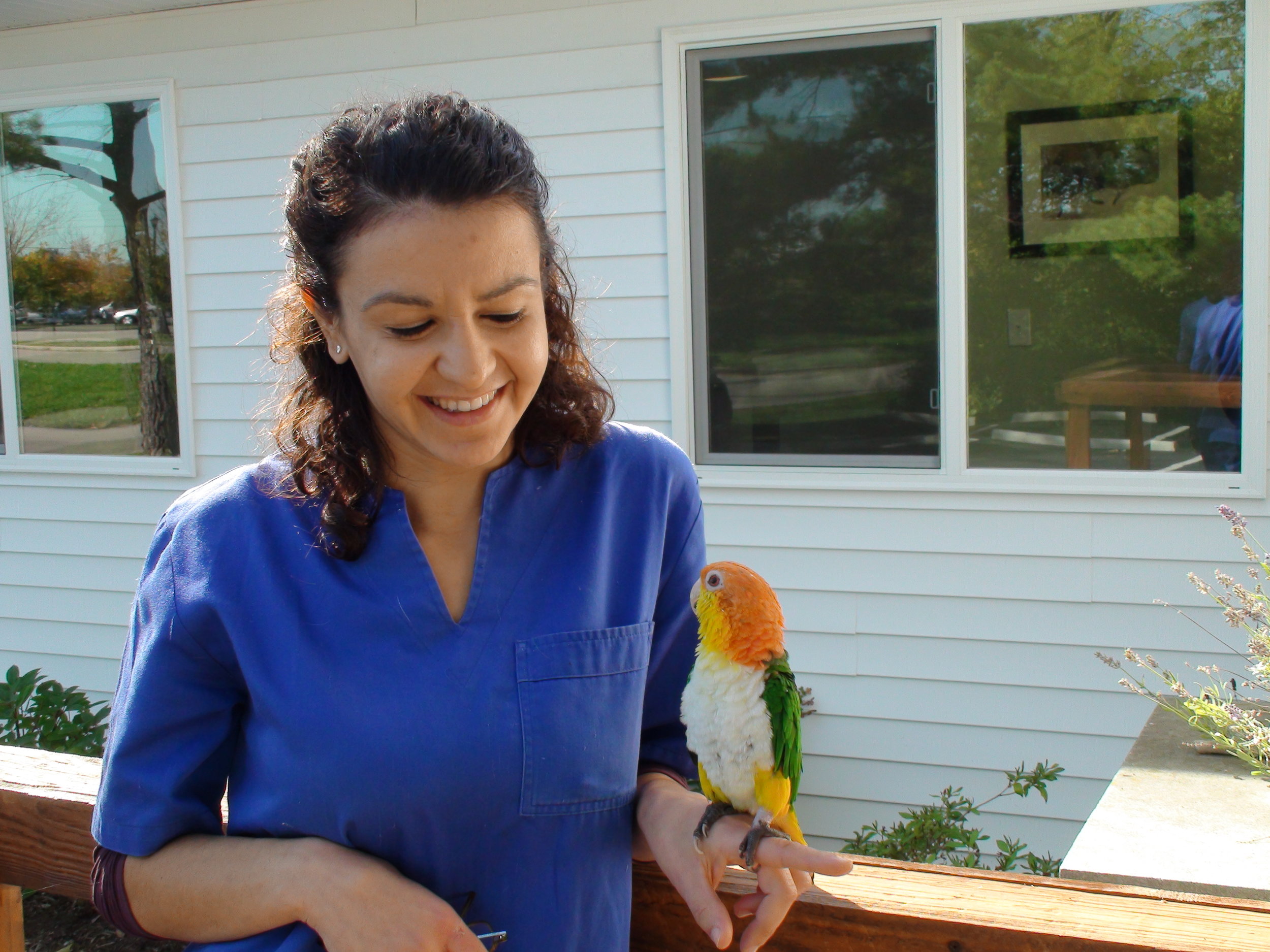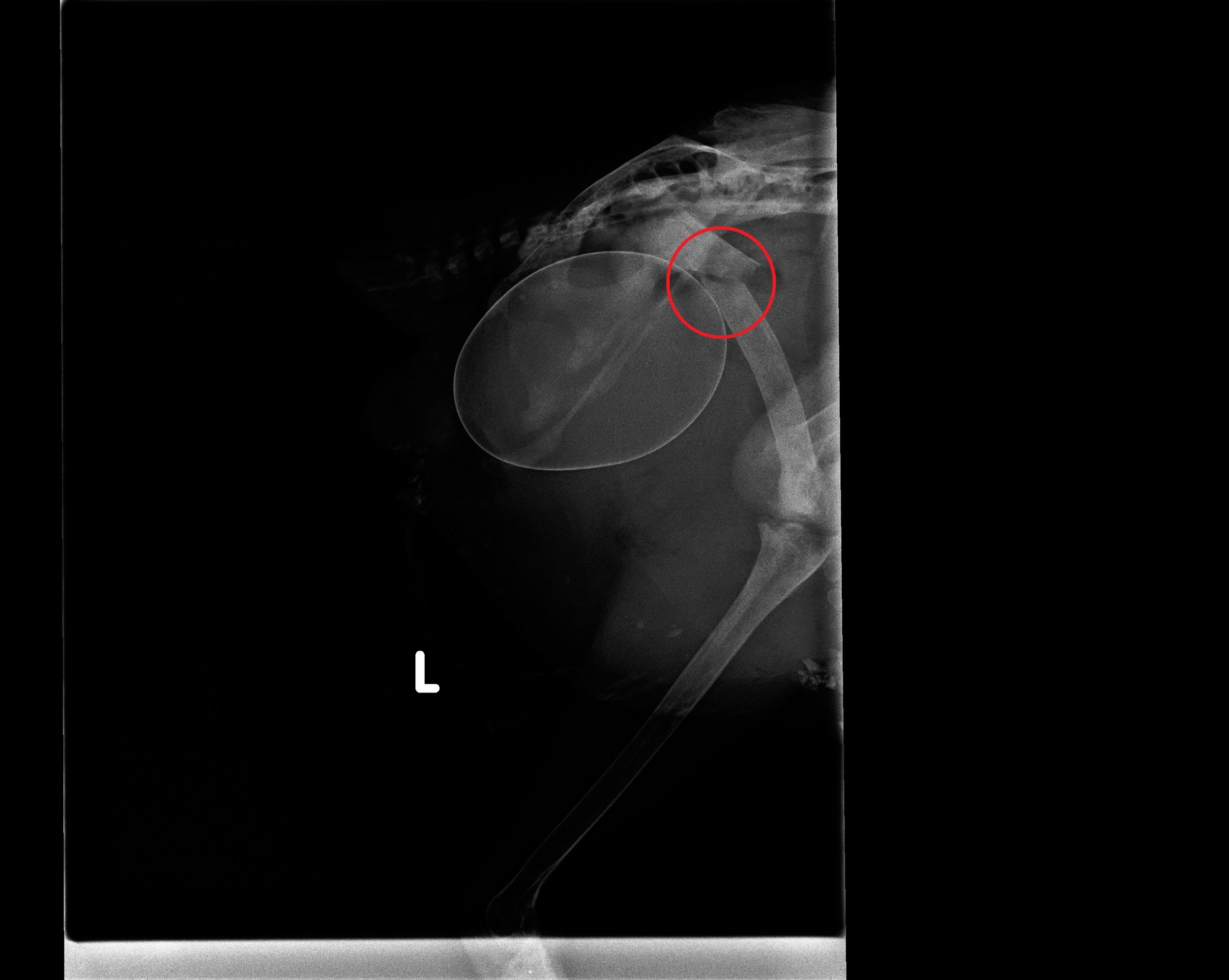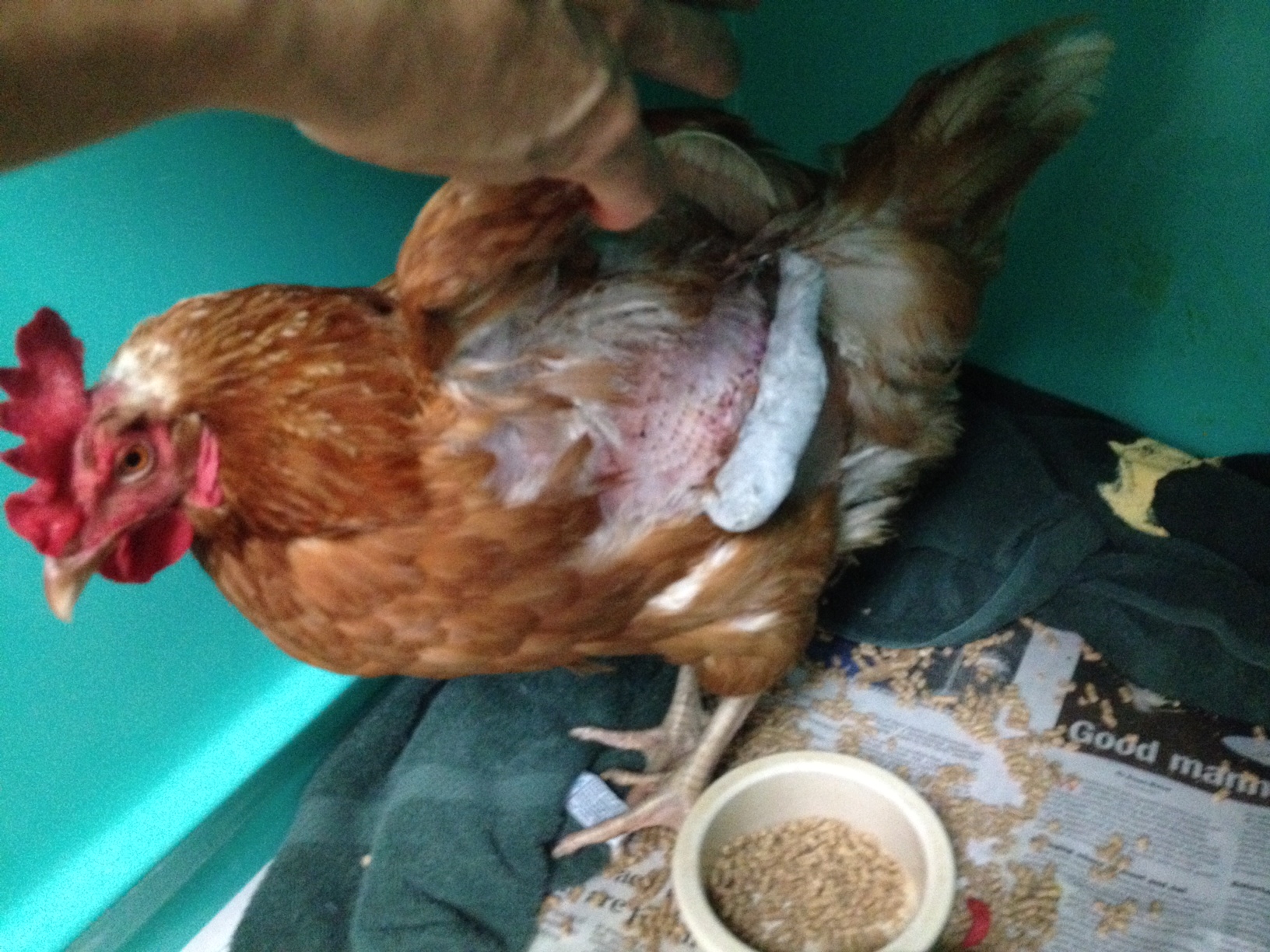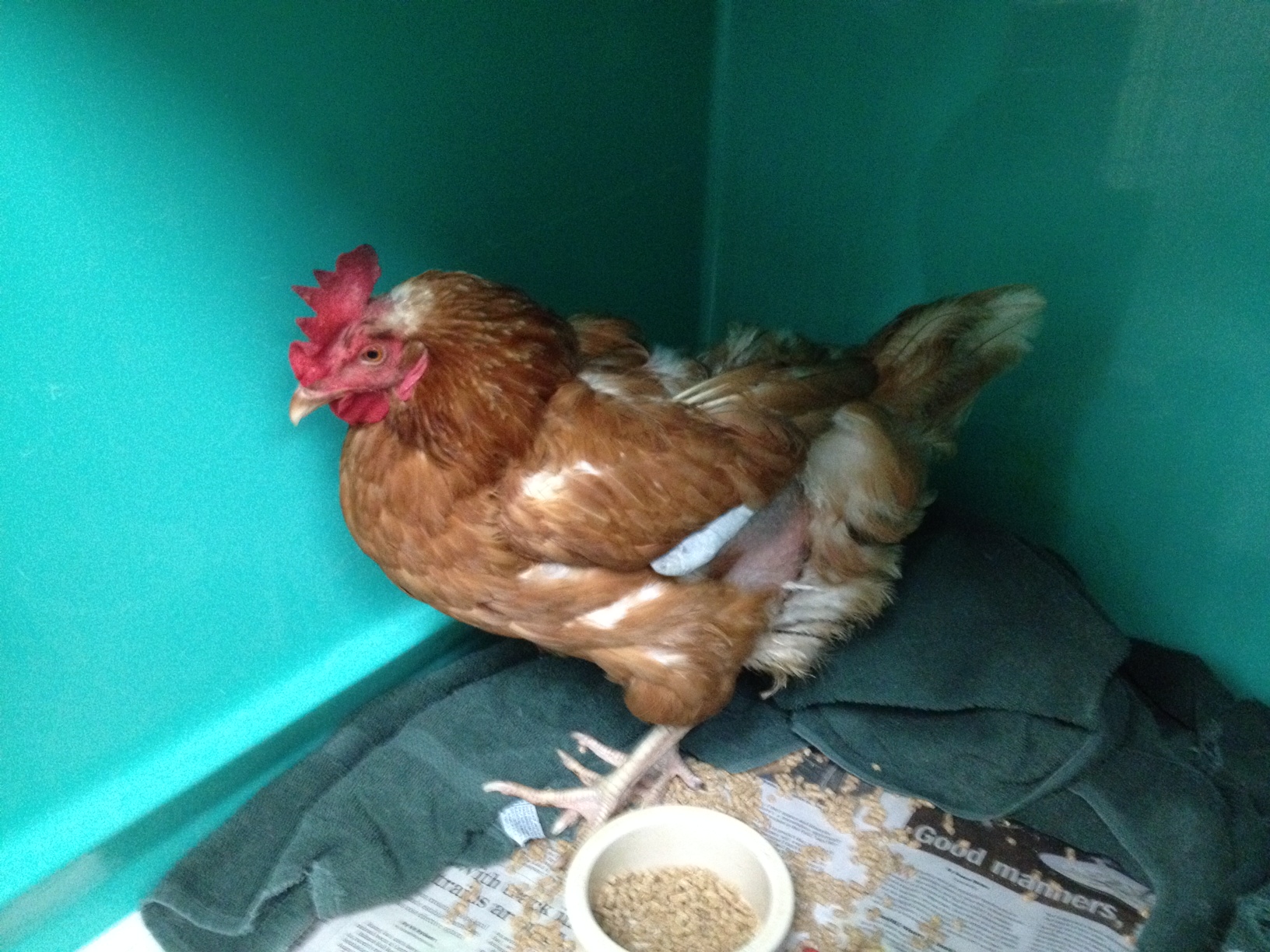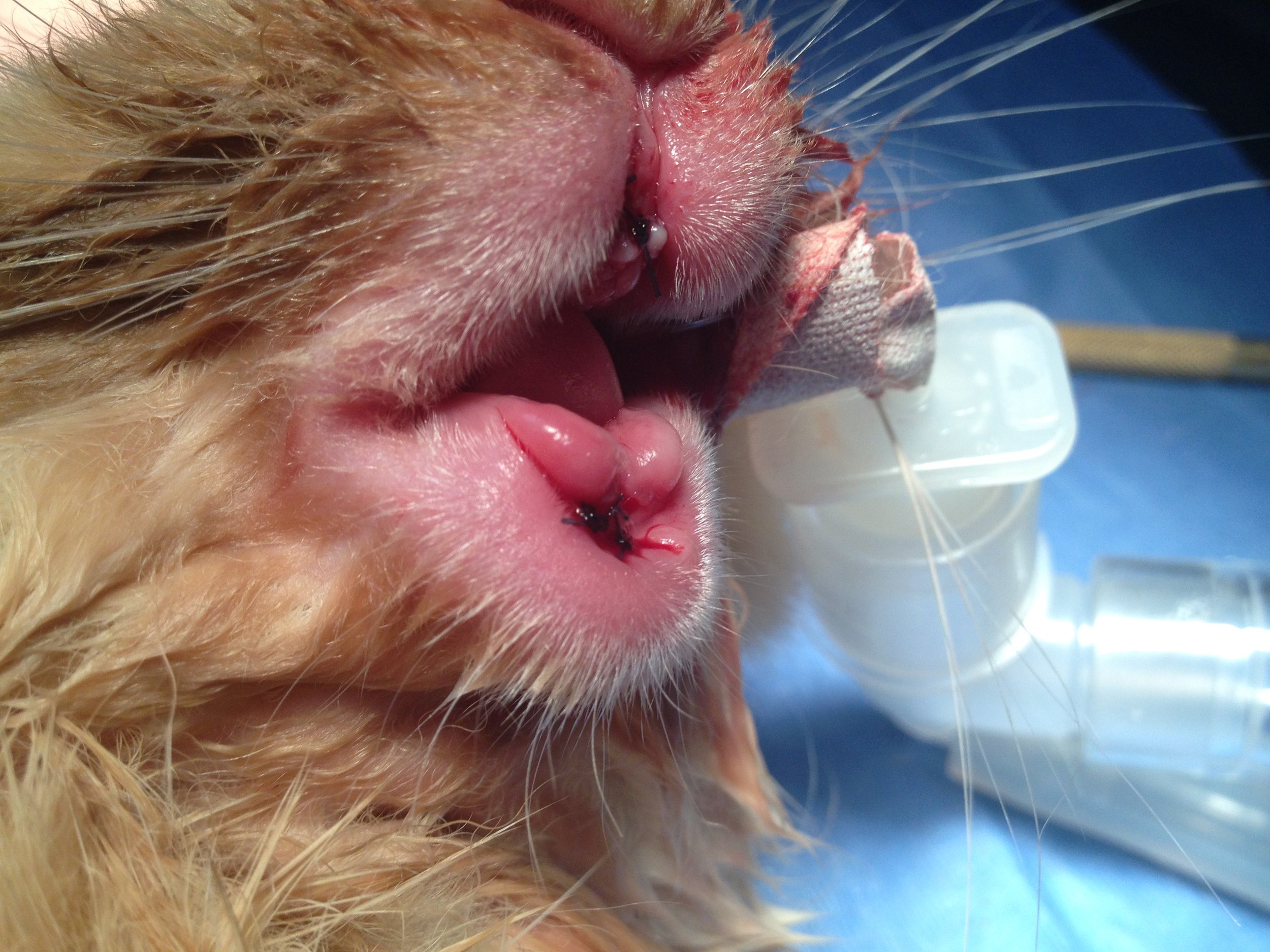Dr. Lennox just returned from the iCare conference in Paris. iCare stands for: International Conference on Avian heRpetologica and Exotic mammal medicine. See more here! The conference was 6 days of exciting wet labs, masterclasses and lectures on birds, exotic mammals, reptiles and even zoo animals. Dr. Lennox taught a wet lab on exotic mammal intubation with colleagues Dr. Dan Johnson and JF Quinton, and assisted by hard-working resident Angel Curros and our old friend Dr. Rita Sousa.
There was plenty of new information to learn and teach, including new techniques on dealing with prolapse in tortoises, newer research on evaluating blood work in reptiles, information on the results of different types of ear surgeries in rabbits, and updates on strategies for avian behavioral problems.
We took turns at the Association of Exotic Mammal Veterinarians (AEMV) booth as well. AEMV is a professional organization dedicated to improving medicine and surgery of exotic companion mammals.
The best part is sharing our enthusiasm for exotic animal medicine with colleagues from so many parts of the world. It's absolutely true across the globe-the desire to offer the very best in exotic animal medicine and surgery is universal!





